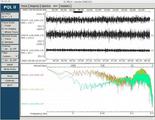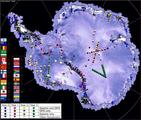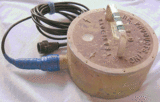Introduction:
To prepare for servicing the stations in your experiment, contact Landowners, contact PASSCAL, charge/check all necessary batteries: e.g. Clie, laptop, voltmeter, station spares, Battery for Baler downloads, handheld GPS. Review prior data, if this is not the first service trip.
Items To Pack for Station Servicing Trip:
Clie - Charge it BEFORE you go into the field
Clie Power Supply
Hot Sync Cable
Serial Cable for RT-130 AND/OR
Serial Cable for Q330 (i.e. you must have the cabling necessary to communicate with your dataloggers)







